Berlin is Germany’s capital and most important urban center. With over three and a half million inhabitants in around 850 square kilometers, Berlin is a true European metropolis.
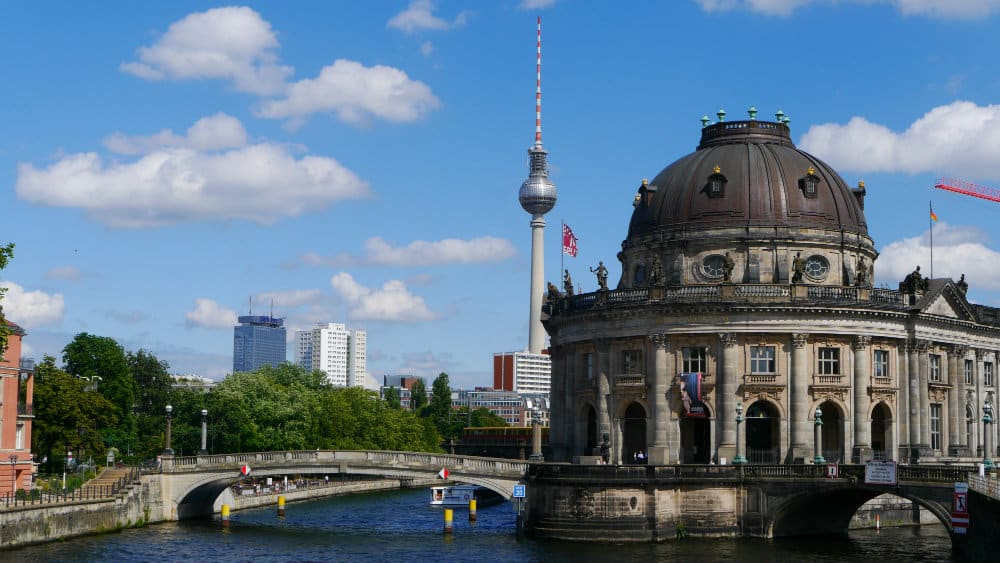
The German capital’s unique history makes it unlike any other city in the world.
Since its founding in the Middle Ages, Berlin has grown by incorporating surrounding towns and small cities in a process very similar to other European capitals its size.
But unlike any other capital on the planet, Berlin’s history took an unprecedented turn after World War II. After the defeat of Nazi Germany against the Allies, Berlin was divided among the four victorious powers, the United Kingdom, France, and the United States on one side and the Soviet Union on the other. This division would last more than 40 years.
These two factors make it difficult today to know which is the true city center of Berlin.
For example, an average Berliner would consider the Mitte district as the center of the city, and any area within the ring railway (Ringbahn) is considered central. But things are slightly more complicated than that.
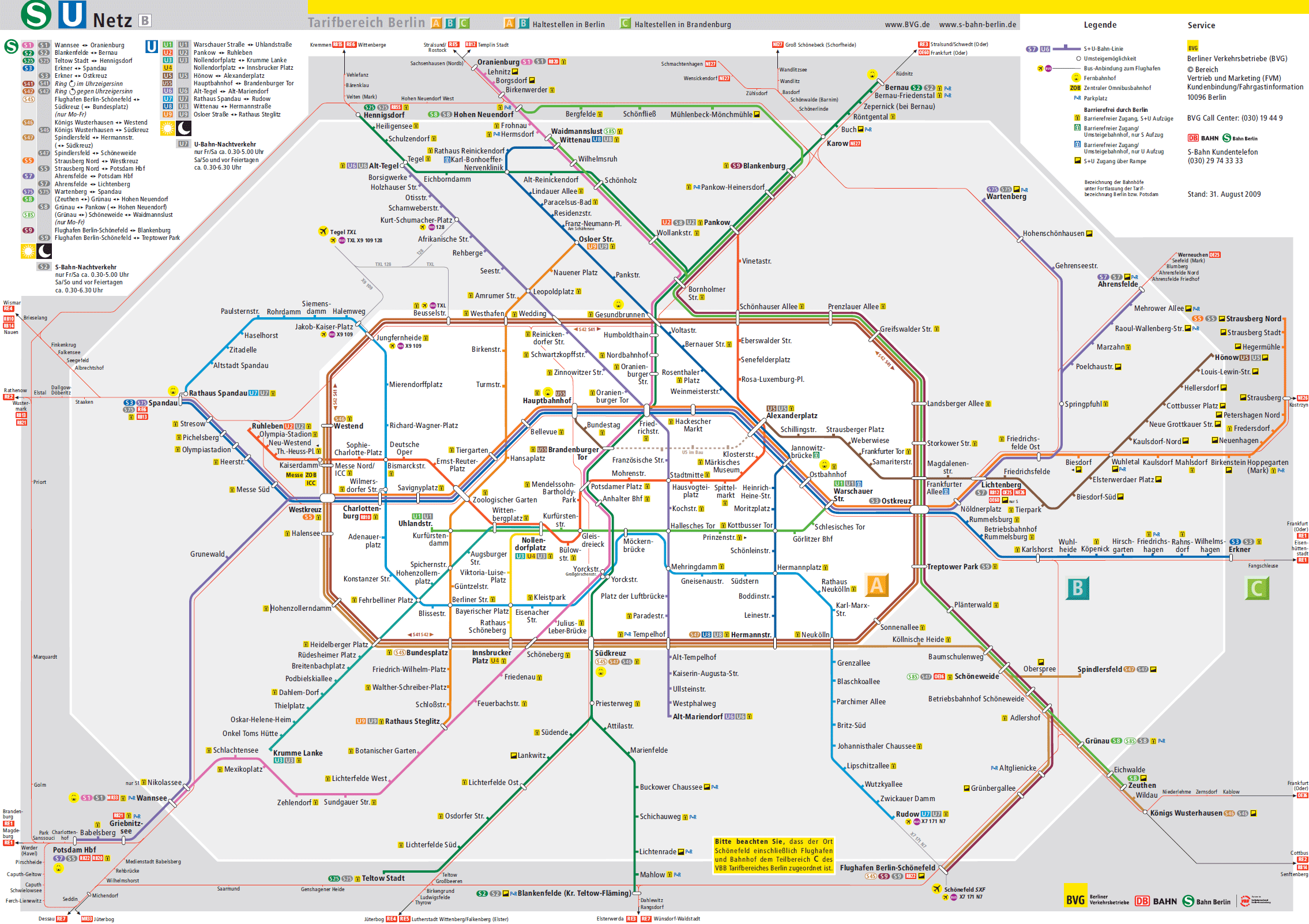
Broadly speaking and for practical purposes, it could be said that, from a tourist’s point of view, the center of Berlin is any district located between the stations of Zoologischer Garten in the west and Alexanderplatz in the east. However, this simplification, in addition to being inaccurate, has some nuances. For example, the geographical center between both areas falls in the Tiergarten neighborhood and its large urban park. While a beautiful area, Tiergarten is a residential and diplomatic district with little commercial, gastronomic, or nightlife movement. Hardly de lively downtown district you’d come to expect from Berlin.
That said, if you’re interested in the question of what’s Berlin’s city center because you’re visiting and need a great district to stay in, don’t miss our article with the best areas to stay in Berlin.
From a historical point of view, the center of Berlin is located in the Nikolaiviertel (a small district next to what is now Museum Island) and its surroundings. It was here that Berlin was founded, and although Allied bombings during WWII and decades of soviet-style urbanism left few traces of medieval Berlin, it is still possible to glimpse some remains here and there.
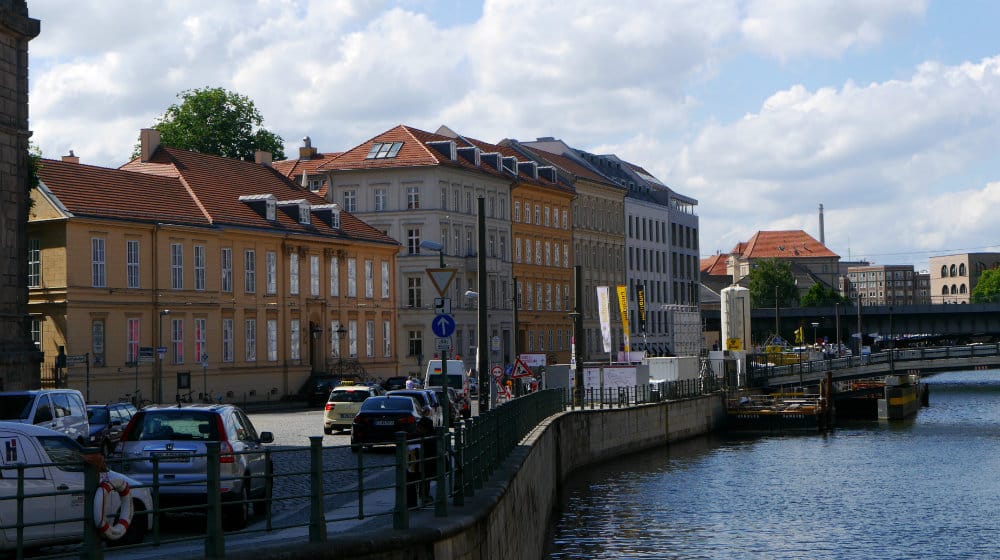
As the city grew, Central Berlin expanded in all directions. Alexanderplatz would then become the official city center, while Friedrichstrasse, to the west of what is now Museum Island, was born as its main shopping street.
Decades before WWII, West Berlin was already characterized by its bourgeois character. The area around Kurfürstendamm street began to emerge as an upscale shopping alternative in the city, especially after the opening of the famous KaDeWe stores in 1907. Another Berlin city center was born.
With the Nazis, the Second World War, and the division of the German capital among the powers of the time, this two-center dichotomy grew even more pronounced.
The stark ideologic difference between the Western powers, which were assigned West Berlin, and the USSR, which controlled East Berlin, the subsequent creation of the German Democratic Republic, the exodus of people from East to West, and The Cold War culminated in the erection of the Berlin Wall, a physical border that would split Berlin in two.
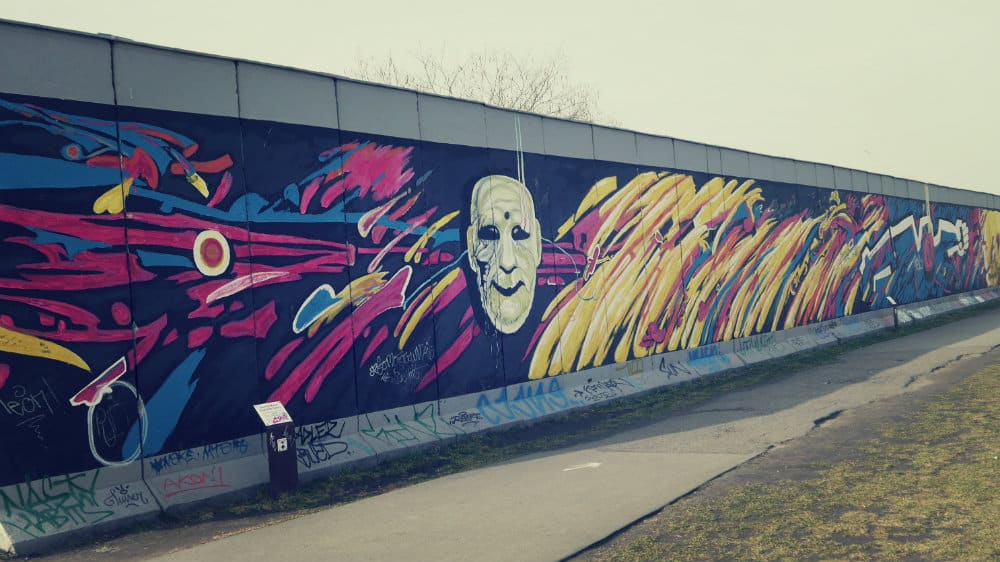
Each side would form its own Berlin city center built in its image and ideals; a Capitalist city center in West Berlin and a Socialist utopia in the east. The train and U-Bahn lines that survived the war or were rebuilt were then cut or diverted to each hub.
While West Berlin saw the rise of Kurfürstendamm and the area around Zoologischer Garten station as the center of the capitalist city, the GDR did the same with Alexanderplatz, which was completely refurbished in the 60s to reflect the socialist ideal.
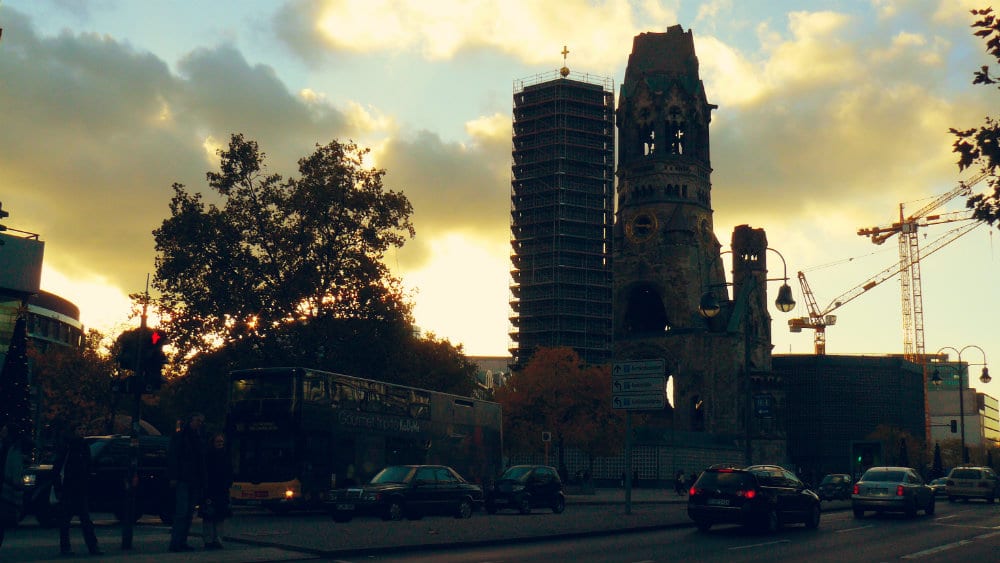
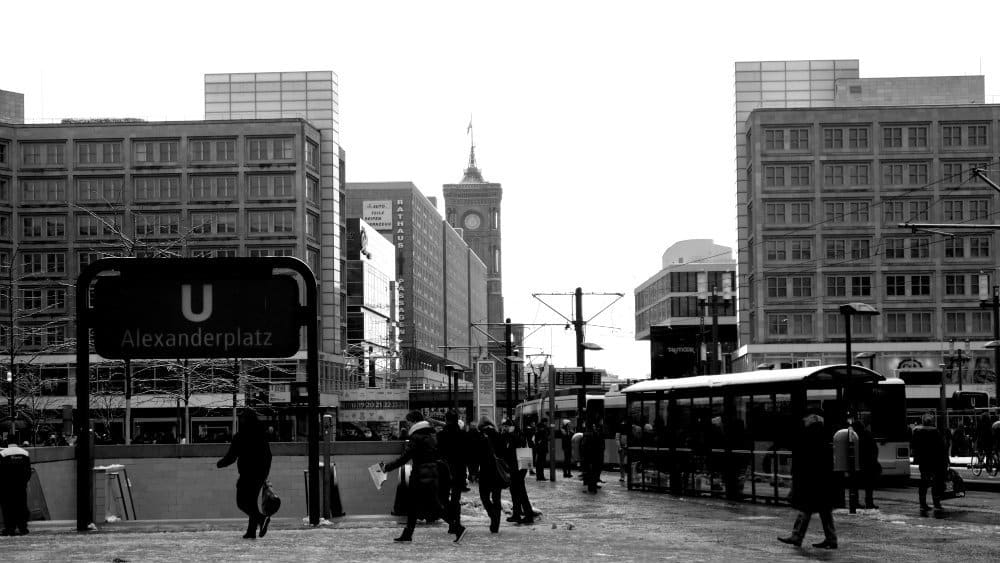
After the reunification of the capital in the early 1990s, the city has tried to cover the physical and metaphorical scars left by the Berlin Wall. Areas like the Brandenburg Gate and the Reichstag have been completely refurbished with brand-new government buildings, Friedrichstrasse has lost all trace of Checkpoint Charlie (except for a hideous museum/tourist trap).
But perhaps the most radical change experienced by Berlin since reunification is around Potsdamer Platz. This area, south of Tiergarten and on the former east-west border, now holds a large number of shops, office skyscrapers, residential buildings, and the largest shopping center in Berlin.
You could even say that Potsdamer Platz is the center of modern Berlin.
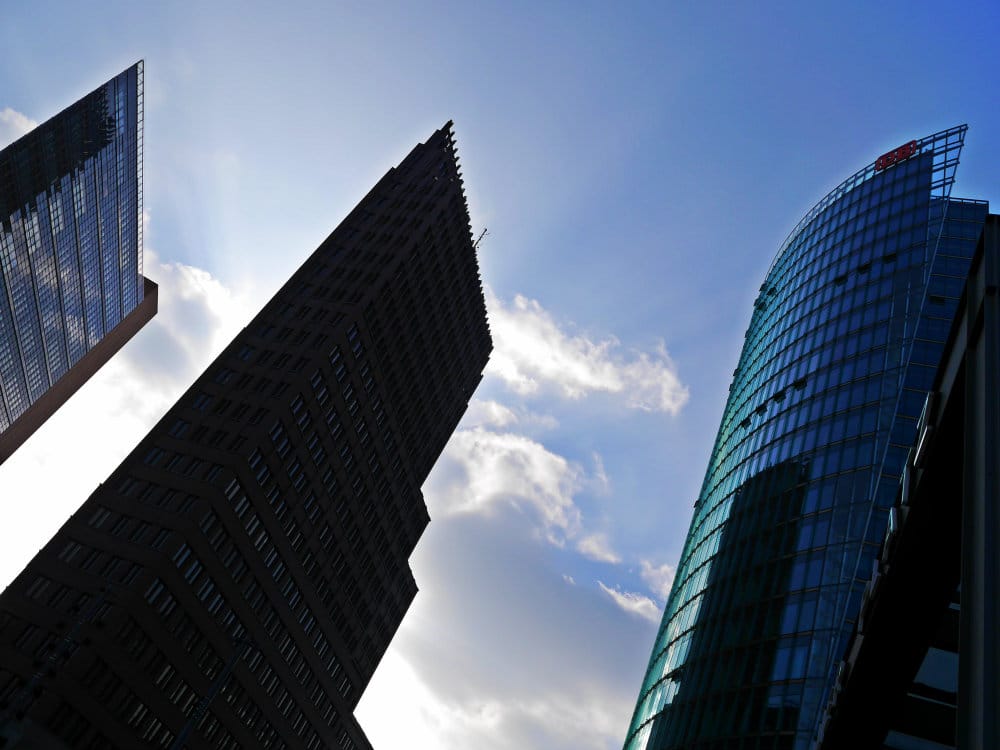
Therefore and in conclusion, where is Berlin’s city center? It depends.
Read this post in other languages:



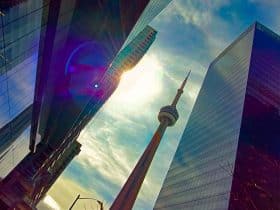
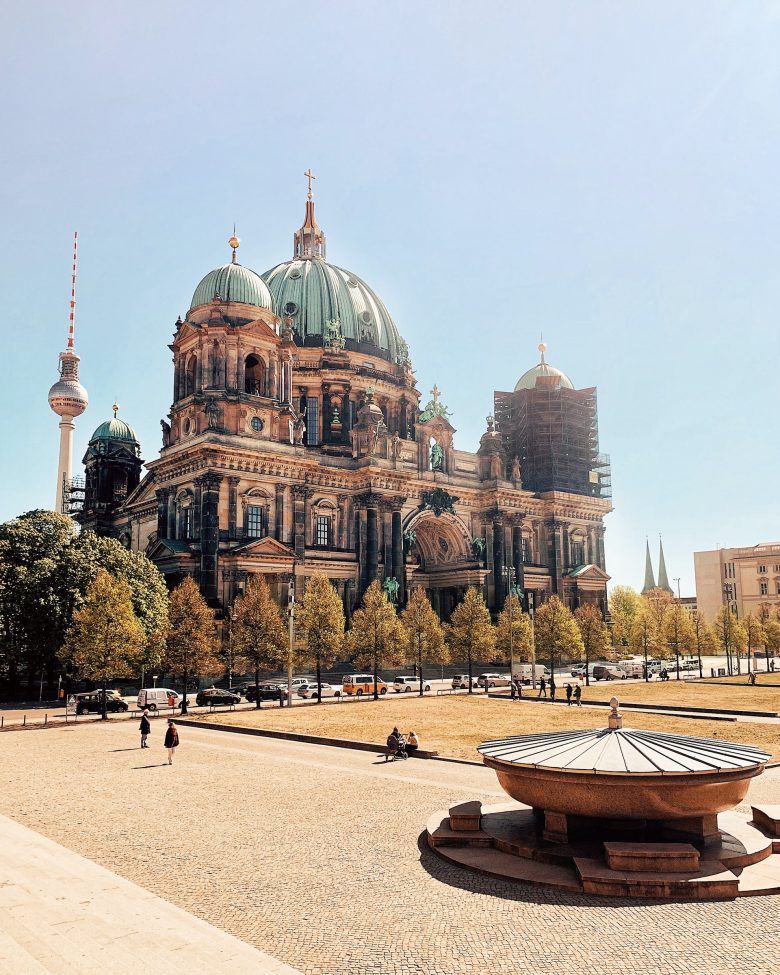



















Ah, the question of Berlin’s city center! Living here, it always amuses me how tourists are trying to find that one central spot, whereas for us locals it’s more about the essence of different neighborhoods. Mitte does hold a special place in our hearts, with its rich history and vibrant energy. But I’d also argue that each district in Berlin is a center in its own right, from Kreuzberg’s buzzing nightlife to the calm serenity of Tiergarten. But yes, if you’re new to the city, the area between Zoologischer Garten and Alexanderplatz would be a good starting point to explore. Welcome to Berlin, and enjoy the journey of discovering our unique city!